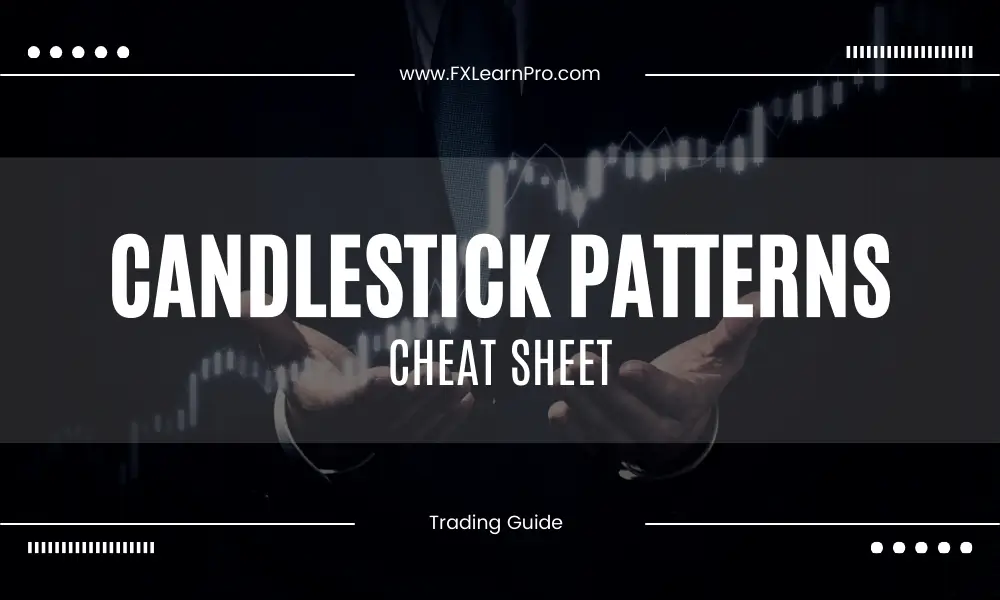Introduction
When you observe certain things happening again and again in a different way, it is important to pay attention to and learn about them. This habit of observing helps in life and the stock market. In Stock marketing, we notice multiple patterns and charts that predict market prices and changes.
When you see this pattern, it is like a cup with a handle on it. This Cup and handle pattern shows the ups and downs in the prices of the Stock market.
The cup and handle pattern in trading shows ups and downs, just like life does. When we see this pattern happening again and again, it’s a signal to make better choices. Want to learn more about it? Let’s discuss it more about this pattern.
What is the Cup Handle Pattern?
The Cup and Handle Pattern is a candlestick chart pattern shaped like a cup with a handle. Conventional traders use it as a reliable breakout strategy.
It is a dependable indicator for traders to predict when prices may spike higher. They trade at the breakout point after waiting for the pattern to fully form and anticipating a significant upward rise.
It is considered a strong indicator that prices may increase when combined with the concepts of supply and demand.
Analysis of Cup Handle Pattern
The cup and handle pattern resembles a teacup on a chart. The handle is the smaller part below the cup.
The price first drops, then goes up, forming a “U” shape. After that, it drops a bit but not as much as before and then goes up again, making a smaller “u or v” shape. This pattern is seen as a good sign that prices might go up. Once the handle is finished forming, there’s a point where prices could break and go even higher. That breakout point is when the handle is complete.
In easy words, we can also say that this pattern explains that the buyers are trying to take the price up by overpowering the sellers.
The formation of the cup takes place when the price steeps low but also recovers to its same point. After the formation of the cup takes place then the price of the market tries to stoop low but it is not equivalent to the depth of the cup and a strong pullback makes the handle part.
What is an Inverted Cup Handle Pattern?
The inverted cup and handle pattern is the opposite of the regular cup and handle. Instead of signaling an uptrend, it signals a downtrend. The “U” shape in the cup indicates the prices going high and low on the market.
Then, a “U” shape forms, and the price reaches a new high by moving sideways. This new high of the pattern is slightly lower than the previous one, and then it again falls down, resulting in the “U or V” shape. This “U or V pattern is identified as a Handle.
Analysis of Inverted Cup Handle Pattern
The inverted cup and handle pattern shows a potential shift in the direction of a trend. When it appears during a downtrend, it suggests that the downtrend might continue in the trading market.
But if it shows up during an uptrend, it could mean the trend is about to change. Usually, when this pattern forms and there’s a breakout, it often leads to a downtrend. Traders might take advantage of this by selling short.
Difference between Cup Handle Pattern and Inverted Cup Handle Pattern
| Cup and Handle Pattern | Inverted Cup and Handle Pattern |
| It is a cup-like shape with a handle | It has an inverted cup-like shape with a handle. |
| It indicates the price of the market from a downtrend to an uptrend. | It indicates the price of the market from uptrend to downtrend. |
| In an uptrend, the inverted cup and handle pattern can also signal that the trend will keep going after the breakout. | It’s not as usual for the inverted cup and handle pattern to lead to a continuation after the breakout point, unlike the regular cup and handle pattern. |
| The breakout point is at the resistance zone | The breakout point is at the support zones |
What Does a Cup and Handle Pattern Indicate?
We have seen that the above analysis of this cup and handle pattern is one of the best indicators of a bullish reversal. Let’s investigate why.
By thoroughly examining the pattern, we find the price difficult to go below a particular level. Prices are stable in the cup’s rounded bottom for a time. This indicates that the downturn is waning, and buyers are making a concerted effort to outbid sellers.
The price attempts to decline once more in the handle, but buyers soon drive it back up. This demonstrates the buyers’ will to halt the downward trend, which means that an increase in price is probably imminent.
Trading in Cup and Handle Pattern
For trading in Cup and Handle patterns, traders need to have enough technical knowledge about each point in the patterns.
The entry is taken at the breakout point in both Cup and Handle pattern and inverted Cup and Handle Pattern.
Entry Point
The entry point in both Cup and Handle pattern and inverted cup and handle pattern is at the breakout point.
Stop Loss
In the Cup and Handle pattern, the stop loss pattern should be placed below the handle pattern, while in the case of inverted cup and handle pattern it should be at the high of the handle.
Target
In both situations, the uptrend target would be approximately 110 when a cup pattern forms between the numbers 90 and 100. On the other hand, the downtrend goal is probably close to 80 if you notice an inverted cup and handle pattern with the cup created between 100 and 90.
Check out Bear trap and other candlestick cheat sheet patterns to know more info about different chart patterns.
Target for Cup and Handle Pattern
The main target of the cup’s depth is the same as the target in a cup and handle pattern. If the cup’s depth results in a 2% decrease in price, the trader should then aim for a 2% price increase from the neckline breakthrough point.
Restrictions of Cup and Handle Pattern
There are some of the following restrictions of Cup and Handle Pattern are:
These patterns help identify shifts or extensions in trends in the trading markets. They have gained popularity, though, occasionally they can mislead merchants.
They should be used only if a person has sufficient knowledge of technical analysis tools because they are not always trustworthy when used alone.
We have seen that false signals are often traps for traders. Customers should have the kind of advanced and technical analysis of trading that can easily filter such frauds.
Conclusion
The following article concludes that some patterns can be game changers in the world of trading. This cup and handle pattern is like a teacup structure pattern that indicates each and every change in the prices of the trading markets, giving a unique kind of thing to the person who likes trading.
But everything has its dark side. Trading also sometimes involves risk, so traders should have knowledge of technical analysis.
These trading patterns also provide a risk mitigation plan, along with the starting points and specified zones, so that traders can easily make the right decisions and avoid losses.
FAQs
What is a Cup and Handle Pattern?
A Cup-and-Handle Pattern is a bullish chart pattern resembling a teacup with a handle. It indicates a potential upward trend in stock prices.
How do you identify a Cup and Handle Pattern?
Look for a “U” shape followed by a smaller “u or v” shape on a stock price chart, forming the cup and handle structure.
What does the Cup and Handle Pattern indicate?
It suggests a potential bullish reversal, signaling buyers are gaining strength and may drive higher prices.
How do you trade using the Cup and Handle Pattern?
Enter trades at the breakout point, placing stop-loss orders below the handle for long positions.
What’s the target for a Cup and Handle Pattern?
The target is typically determined by the depth of the cup, and it aims for a similar percentage increase from the breakout point.
What are the limitations of the Cup and Handle Pattern?
While useful, they can occasionally mislead traders and should be used alongside other technical analysis tools.
Is the Cup and Handle Pattern foolproof?
No, false signals can occur, emphasizing the importance of understanding technical analysis and risk management in trading.








